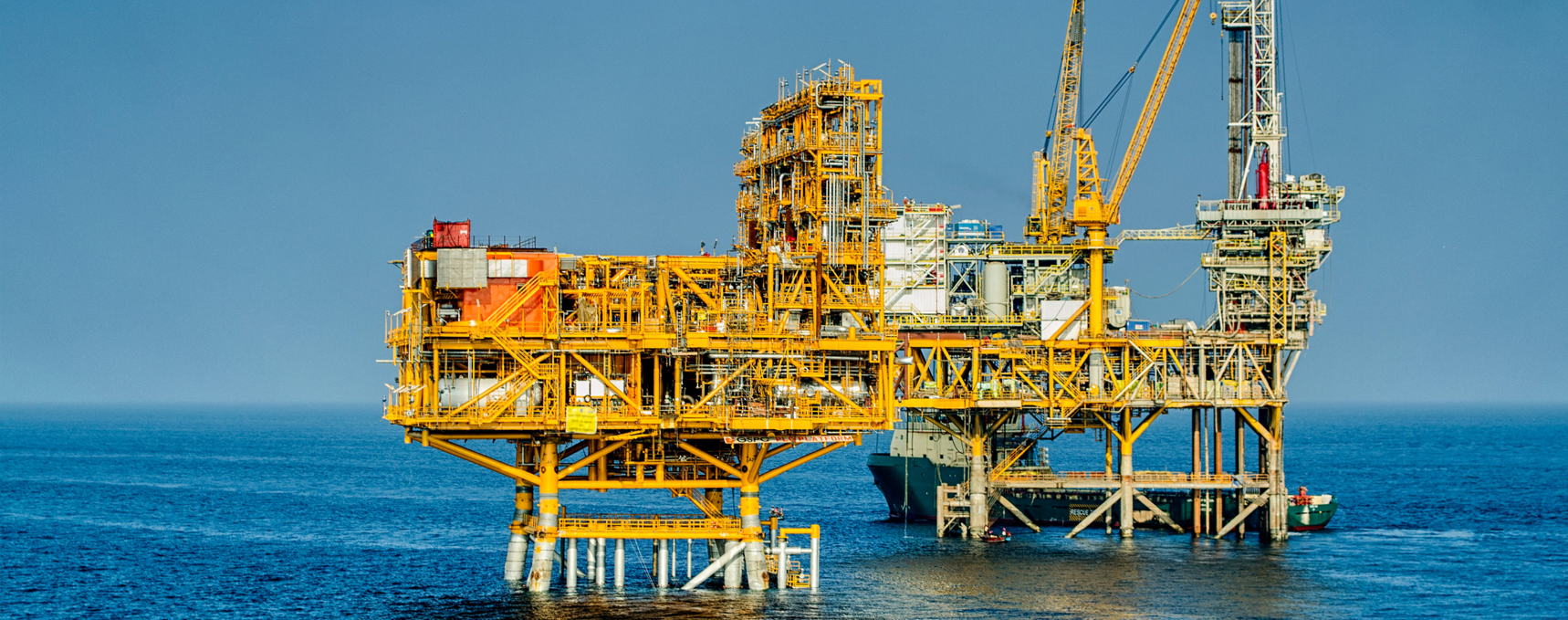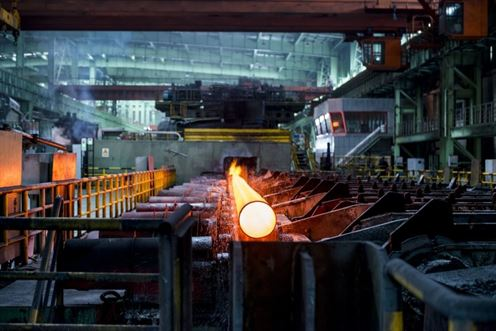
Industry News
How Steel Pipe Production
Steel Pipe Production
At the beginning of basic steel production,most steelproducts are downstream, value added products made from these four basic or primary forms of raw steel: ingots, billets, blooms and slabs. These forms can be produced in great volumes and are easily re-heated, extruded, squeezed or formed into many other configurations so as to make virtually every product used today.

Steel pipe is produced from two of these basic forms of steel, the round billet and the slab. A billet is a solid round bar of steel used to produce many other downstream products such as seamless pipe. The other types of steel pipe are produced from slabs, which are solid rectangular blocks of steel. The slabs are reheated and processed into plate and coils. There are four methods used to produce steel pipe: Fusion Weld, Electric Resistance Weld, Seamless and Double Submerged Arc Weld.
Fusion Weld
One process for producing pipe is Fusion Weld, sometimes called “Continuous Weld” and is produced in sizes 1/8” to 4-1/2”. Fusion Weld pipe begins as coiled steel of the required width and thickness for the size and weight of pipe to be made. Successive coils of steel are welded end to end to form a continuous ribbon of steel. The ribbon of steel is fed into a leveler and then into a gas furnace where it is heated to the required temperature for forming and fusing. The forming rolls at the end of the furnace shape the heated skelp into an oval. The edges of the skelp are then firmly pressed together by rolls to obtain a forged weld. The heat of the skelp, combined with the pressure exerted by the rolls, form the weld. No metal is added into the operation. Final sizing rolls bring the pipe into its required dimensions.
Seamless Pipe (SMLS)
Seamless Pipe is made when steel in a solid, round cylindrical shape, called a “billet” or a “tube round” is heated and then either pushed or pulled (while being rapidly rotated) over a mandrel with a piercing point positioned in the center of the billet. This activity produces a hollow tube or “shell”. The tube is then further finished until it becomes the size and wall thickness desired. (Because the pipe is formed in a heated manner the pipe is normalized and should have a consistent steel cellular pattern throughout its circumference). Seamless pipe is made in sizes from 1/8” to 26” and is widely used in construction, oil refining, chemical and petro-chemical industries. It is available in heavy wall thicknesses and exotic chemistries, and is suitable for coiling, flanging and threading. It is, however, expensive, in short supply and unavailable in long lengths.
Electric Resistance Weld
The processing of Electric Resistance Welded (ERW) pipe begins as a coiled plate of steel with appropriate thickness and specific width to form a pipe that conforms to its relevant specification. ERW pipe is cold formed. The ribbon is pulled through a series of rollers that gradually form it into a cylindrical tube. As the edges of the now cylindrical plate come together, an electric charge is applied at the proper points to heat the edges so they can be welded together. Electric Resistance Welded pipe is a high speed production product that can be made in continuous lengths up to 115’. It produces uniform wall thicknesses and outside dimensions and is made in a wide range of specifications. It does, however, require minimum tonnage to set up on a specific size and sometimes has long lead times.
Double Submerged Arc Weld (DSAW)
Submerged Arc Welded (SAW) pipe derives its name from the process wherein the welding arc is submerged in flux while the welding takes place. The flux protects the steel in the weld area from any impurities in the air when heated to welding temperatures. When both inside welds and outside welds are performed, the welding is accomplished in separate processes and the pipe is considered to be Double Submerged Arc Welded (DSAW).
CATEGORIES
Send Email To Us
Contact Us
Tel: 86-27-85830098
Phone: 86-18040571878
Email: info@brother-steel.com
Add: Room 1302, Guanggu Ginza, Hongshan District, Wuhan City, Hubei Province, China
